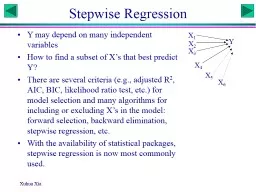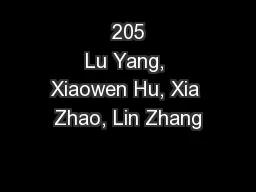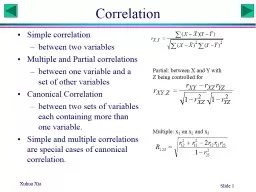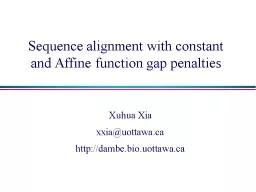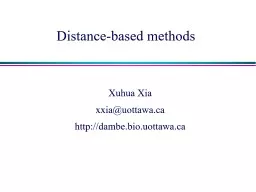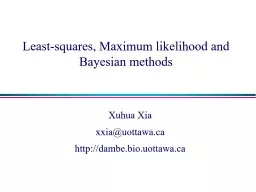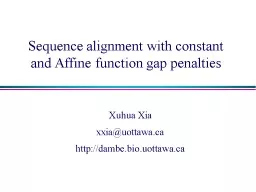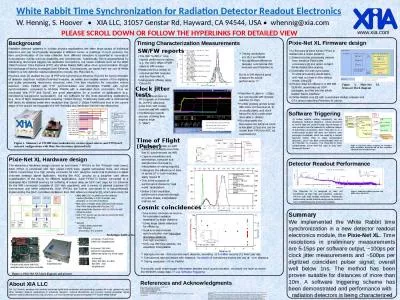PPT-Xuhua Xia
Author : kittie-lecroy | Published Date : 2017-06-20
Stepwise Regression Y may depend on many independent variables How to find a subset of Xs that best predict Y There are several criteria eg adjusted R 2 AIC BIC
Presentation Embed Code
Download Presentation
Download Presentation The PPT/PDF document "Xuhua Xia" is the property of its rightful owner. Permission is granted to download and print the materials on this website for personal, non-commercial use only, and to display it on your personal computer provided you do not modify the materials and that you retain all copyright notices contained in the materials. By downloading content from our website, you accept the terms of this agreement.
Xuhua Xia: Transcript
Download Rules Of Document
"Xuhua Xia"The content belongs to its owner. You may download and print it for personal use, without modification, and keep all copyright notices. By downloading, you agree to these terms.
Related Documents

